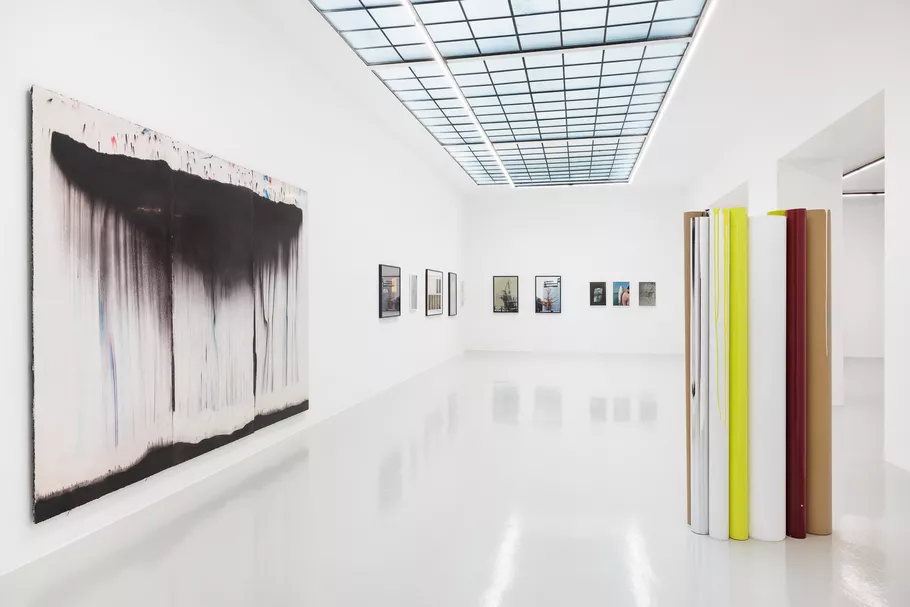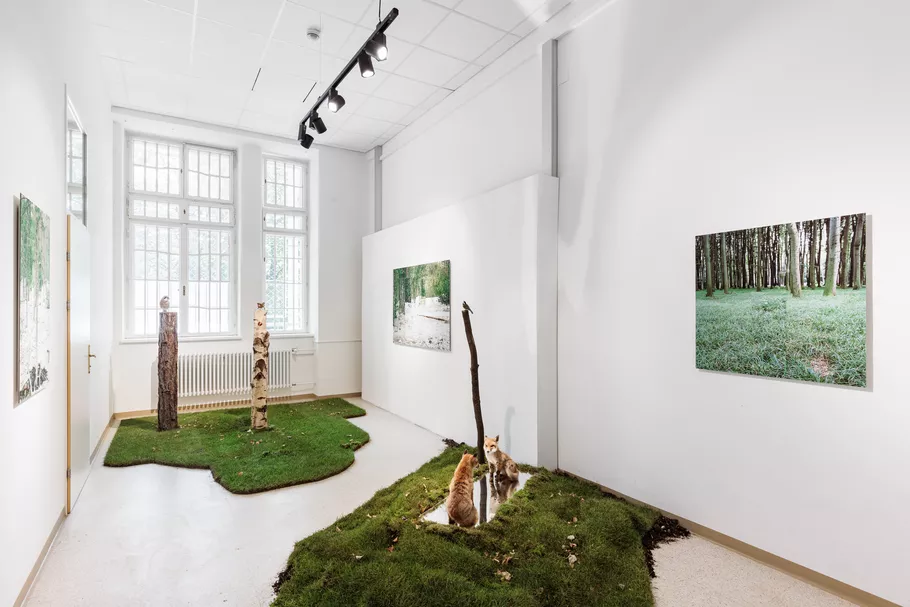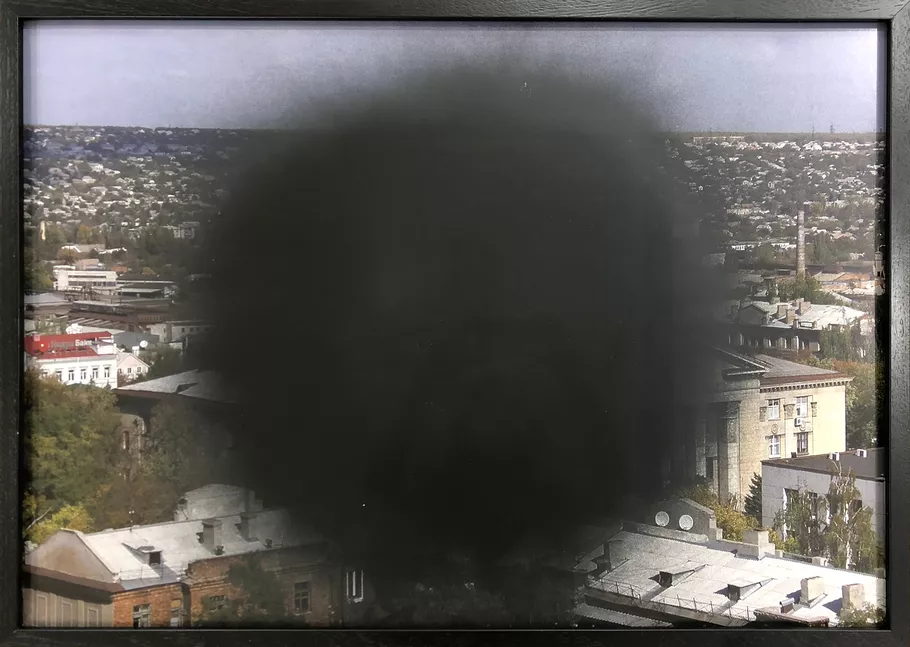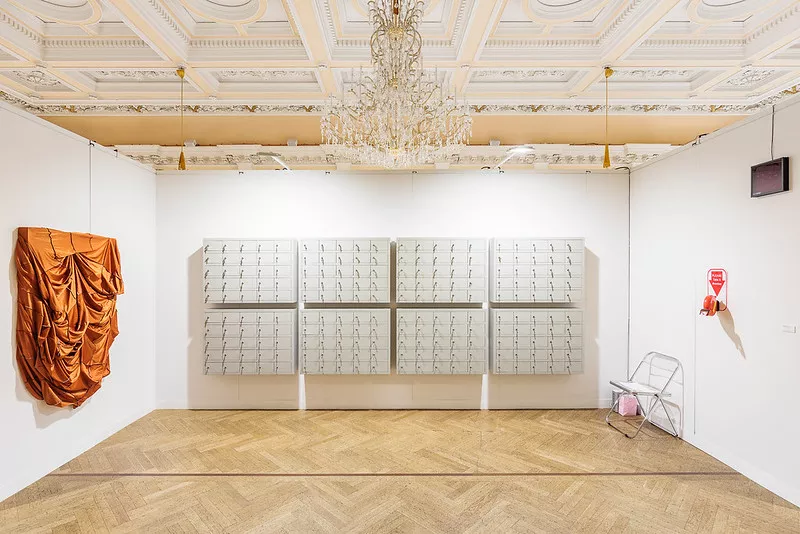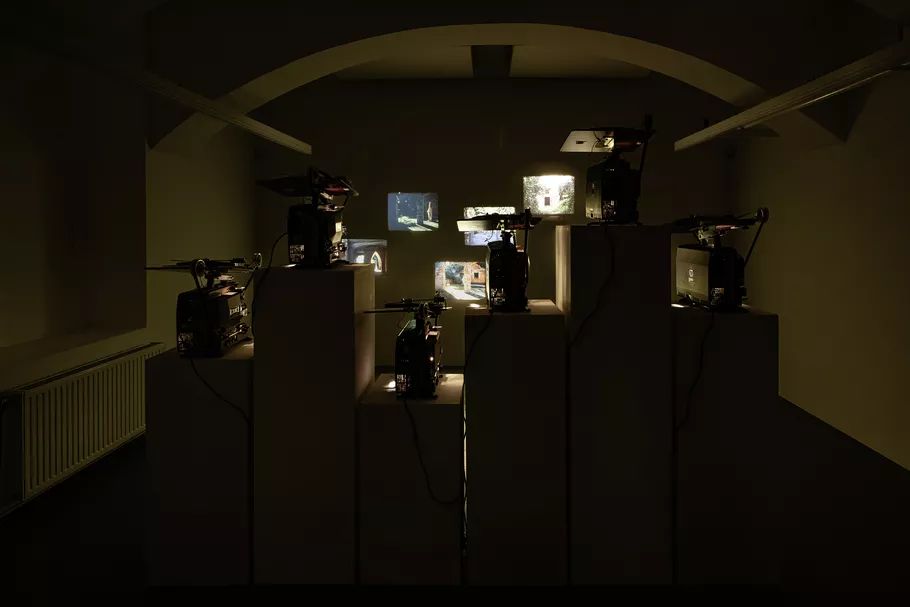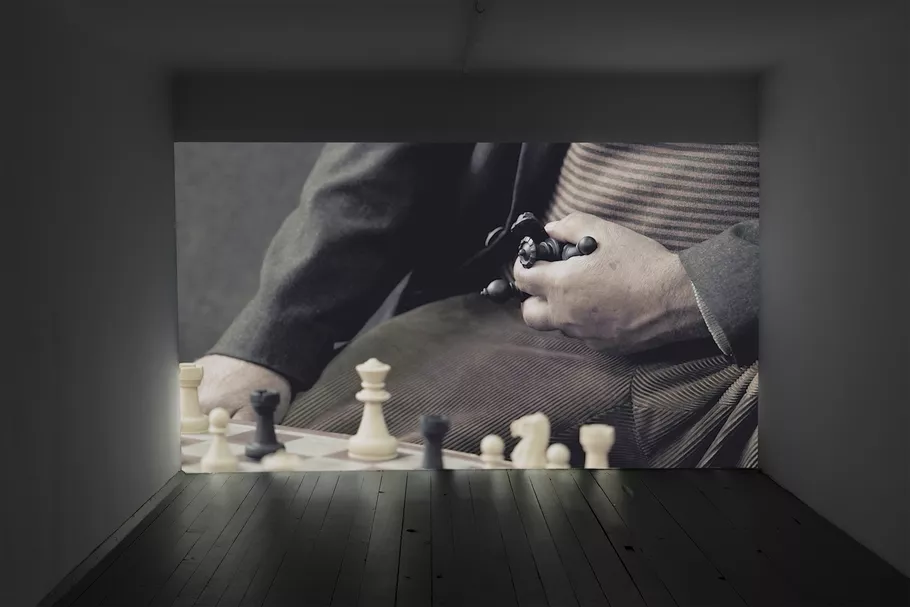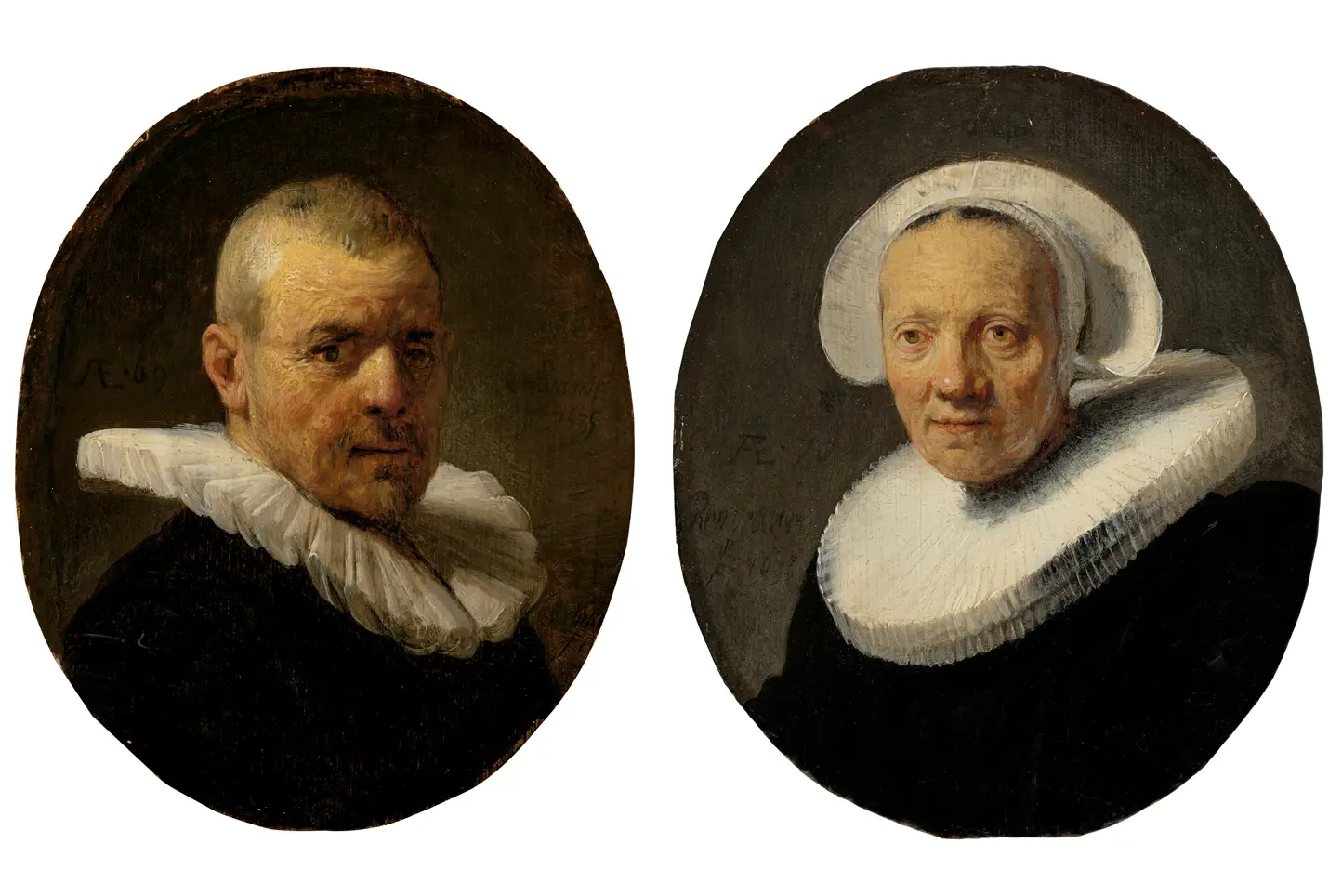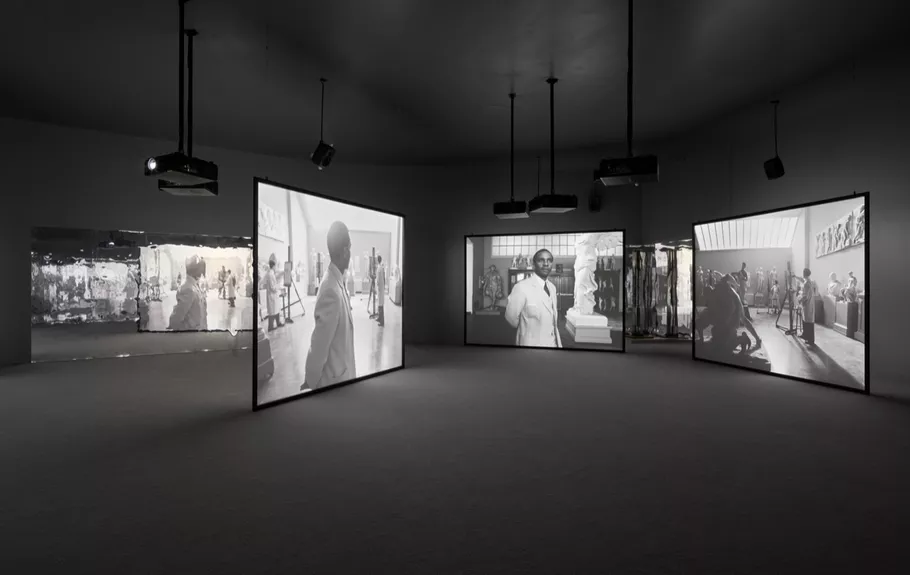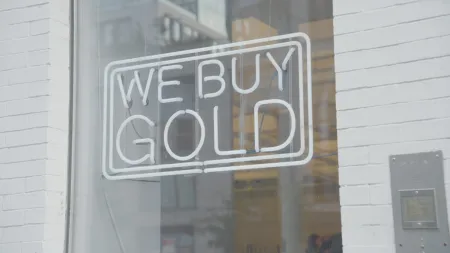Vienna’s Emerging Galleries: A Global Art Renaissance
Heejoon Lee's Abstract Paintings: A Multifaceted Encounter with Urban Environments
- Vienna’s art scene is evolving with international recognition.
- Emerging galleries and diverse artists are making an impact.
- Art festivals like Curated By explore themes with depth and creativity.
ienna’s claim to international art world fame in the 20th century may have been the blood-soaked happenings of Viennese Actionism, a brief and radical movement in the 1960s and '70s. But today, things are changing. The city is home to a robust ecosystem of museums, affordable rent, generous public funding, and a rise in independent and international art spaces.
“A commercial scene is blossoming [in Vienna], with young galleries like Kandlhofer and Sophie Tappeiner making waves on the international scene [and] showing solid artists from Eastern and Central Europe,” said Marie-Ève Lafontaine, the artistic director of the Éva Kahán Foundation, which was founded in Budapest and expanded to Vienna in 2021. “The massive amount of state money that subsidizes fairs also attracts international attention.”
Take Parallel, which took place at the beginning of September. Fully supported by the city, the hybrid event takes over disused buildings with site-specific artworks that are more about discourse—in conceptual shows and curated artist solo presentations—than booth sales. Kahán Foundation, for instance, showcased a collaborative room-sized installation by Ukrainian artist Elena Kristofor and Austrian artist Irene Hopfgartner. In their idyllic forest scenography of reflections and distortions, conjoined bird sculptures and a set of twin foxes added an ominous undertone.
Also taking place at the beginning of the month was viennacontemporary, which hosted 61 galleries at the Kursalon Music Hall. Highlights included the Voloshyn Gallery, which is based in Kyiv. The booth displayed Ukrainian artist Mykola Ridnyi’s “Blind Spot” series (2014–present) of black acrylic clouds obscuring grainy prints of war-torn landscapes in east Ukraine, a play on blurred perspectives of media propaganda.
Upstairs, underneath an ornate chandelier was Zone 1, which began in 2015 as a designated space for artists under 40. Curated by Francesca Gavin, visitors were greeted with a wall of gray lockers by Nigerian American artist Anthony Akinbola at Galerie Krinzinger’s booth, where some were filled with random objects that could be taken home. At ALBA Gallery’s booth, rising Viennese artist Christiane Peschek presented her concerns with the intimacy of digital lives in an immersive scenario: a bathtub filled with faux bubbles next to luscious images on the tiled walls, similar to skin and strands of hair oozing and morphing in glutinous states. As part of the fair, Peschek also created a VR experience, Fetch, that exposed viewers to an abstraction of the artist’s digital portrait through biometric data, emotional status, and other measurements.
“I wanted to have a selection of artists that showed how artists coming out of the region are addressing ideas that play out in an international scene—ideas around migration and feminism and personal emotions and identity,” said Gavin, who has spent the past couple of years in Vienna during the pandemic. “There are a strong number of artists from a variety of diasporic backgrounds, which I felt was very important in order to shift people’s opinion of what they think Austrian art is culturally.”
And it does feel like the Viennese art scene is becoming less insular. Among the latest galleries to open in the city is Commune, run by the formerly Hong Kong–based Abby McKenzie and Daniel Lippitz. In a compelling exhibition, “Breaking Flesh,” they showed visceral sculptures and paintings depicting skin, folds, and decay by emerging Vienna-based artists alongside international superstars like Tracey Emin and Tolia Astakhishvili.
“Vienna has an unusual combination of self-organized initiatives and very stable historical institutions,” said Boris Ondreička, viennacontemporary’s artistic director. “To understand it, you have to consider that it was always on the periphery of the Western world, but also the cradle of modernity—the Secession building in 1898 being the first white cube.”
This year, 24 exhibitions are being held around the city as part of the annual festival Curated By, which runs until October 14th. Since 2009, the festival has invited international curators, artists, and writers to conceive gallery shows in response to a prompt. This year’s overarching theme revolves around “The Neutral” and is written by Maximilian Geymüller, who, inspired by Roland Barthes’s 1978 lectures, interrogates the possibilities of neutrality as an active position. If this prompted galleries to question Vienna’s constitutionally enforced neutrality, particularly in light of the war against Ukraine, then they did so in subtle ways.
At Curated By, bodily evocations feel intimate. In the single-work exhibition at Eva Presenhuber, a 10-channel non-narrative film, In the stranglehold of ivy by Antoinette Zwirchmayr, is a poetic essay of pregnancy and transformation in a ruin morphing with nature, while Moyra Davey’s Fifty minutes (2006) at Sophie Tappeiner takes the style of a home video, in which self-narration becomes a form of fiction, as part of the exhibition “Taking Notes,” curated by Theresa Roessler. A standout is Somatics by Sarah Lehrener, a layered composition of ink transfers of magnified crops of the artist’s body on life-size grids of tissue paper.
Body-centered feminist narratives are also strong this year—from explicit first-wave feminism to more nuanced aesthetic codes emerging from policed societies. Emblematic of the former is Anita Steckel’s 1970s work at Wonnerth Dejaco. On an untitled collage with a leafy wallpaper backdrop two phalluses touch, emulating a mirror image of the artist’s lips. Her face and hand look crushed, as if under glass. These unexpectedly resonate with Pauline Curnier Jardin’s flattened leathery figures in “Motherless Daughters” at Vin Vin. Curated by Lucrezia Calabrò, the title echoes a phrase by the Dadaist Francis Picabia equating masculine fear of technology with lost female genealogies. The conceptually tight show features Delphine Seyrig’s video homage to Simone de Beauvoir, Pour Mémoire (1987), and a screening program including Pauline Curnier-Jardin’s Qu’un sang impur (2019), which subverts Jean Genet’s homoerotic film Un chant d’amour (1950) in an exaggeration of of middle-aged women in menstrual flow, framed within skits of horror and desire in parks and prisons.
A sense of confinement plays out differently in Pınar Öğrenci’s Unfair Game at the blacked-out EXILE gallery. Comprising mostly of moving images, the gallery’s vitrine shows Fatoş İrwen’s Sur Fragments (2016), which—made before the artist’s three-year imprisonment for resisting police brutality—intimates unrest and state oppression. In the surreal video, İrwen carries bound books, a live crab, and a watermelon which later gets smashed as children play on a street between buildings in the Kurdish neighborhood of Diyarbakir.
Inside the gallery, other videos feature the office as a symbol of corporate injustice, resisted only through movement. Stairs lead to Öğrenci’s film Hotel Miks, a touching documentation of men who play


